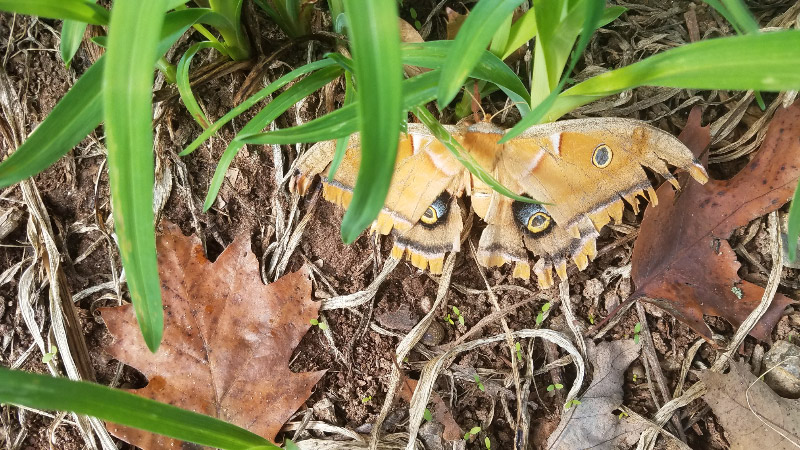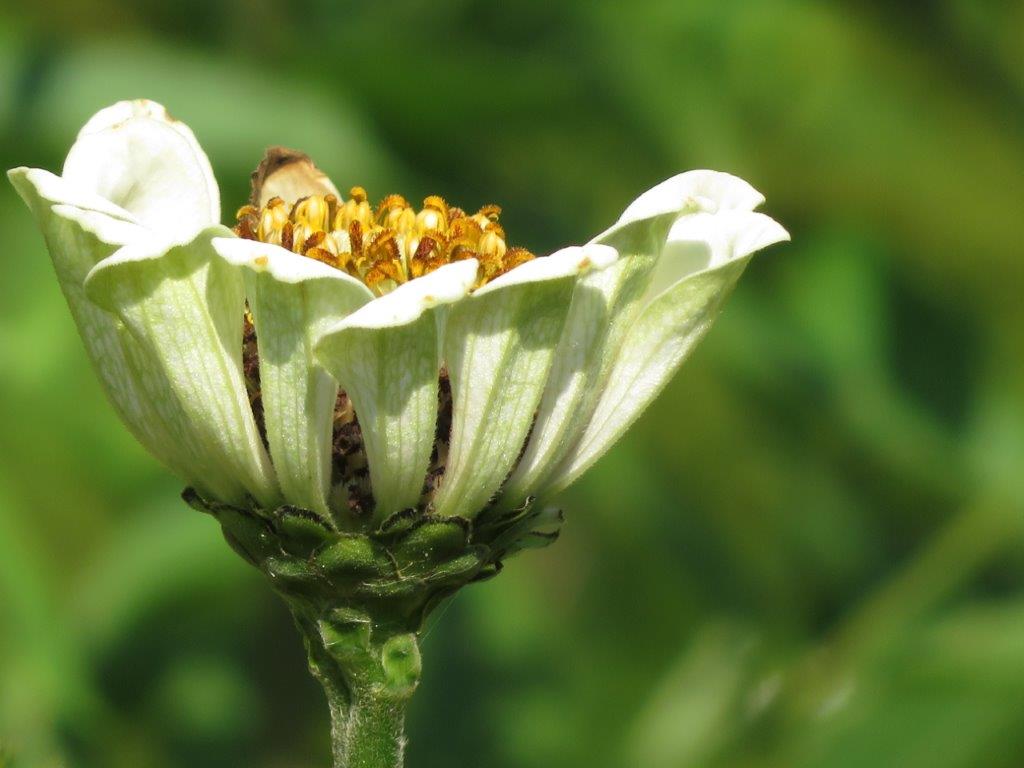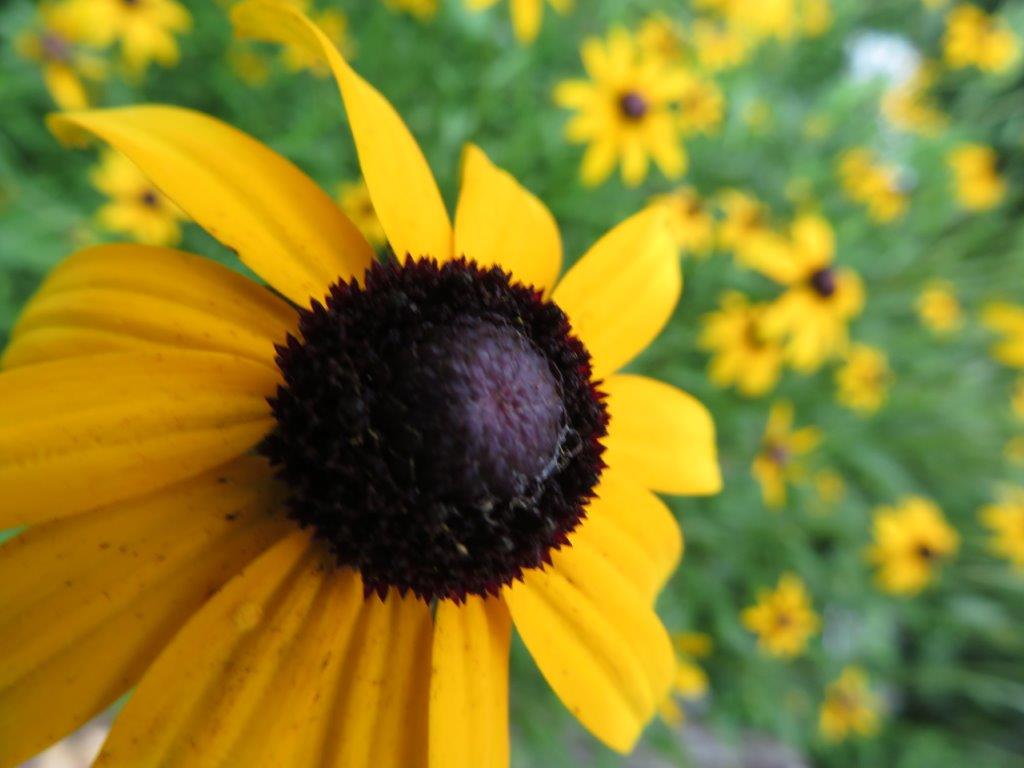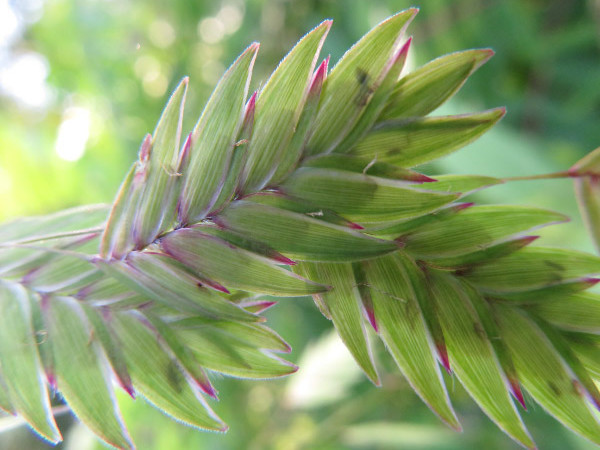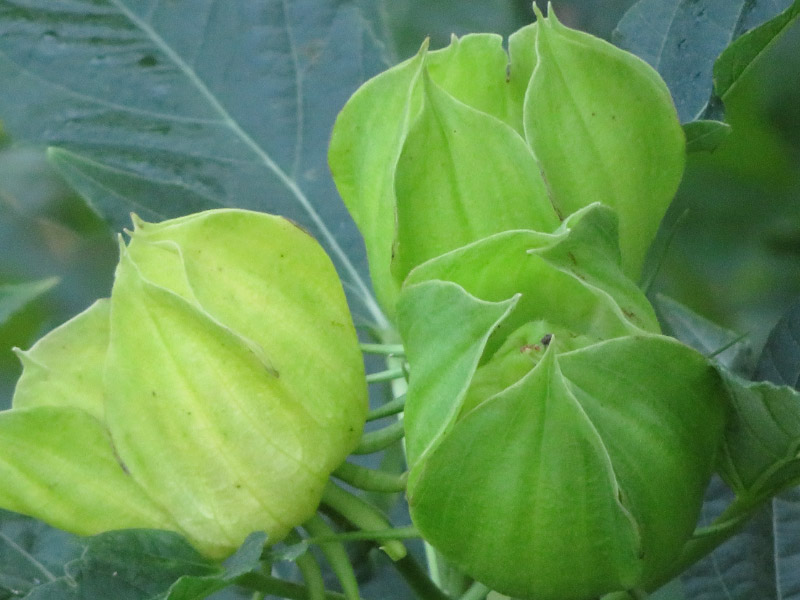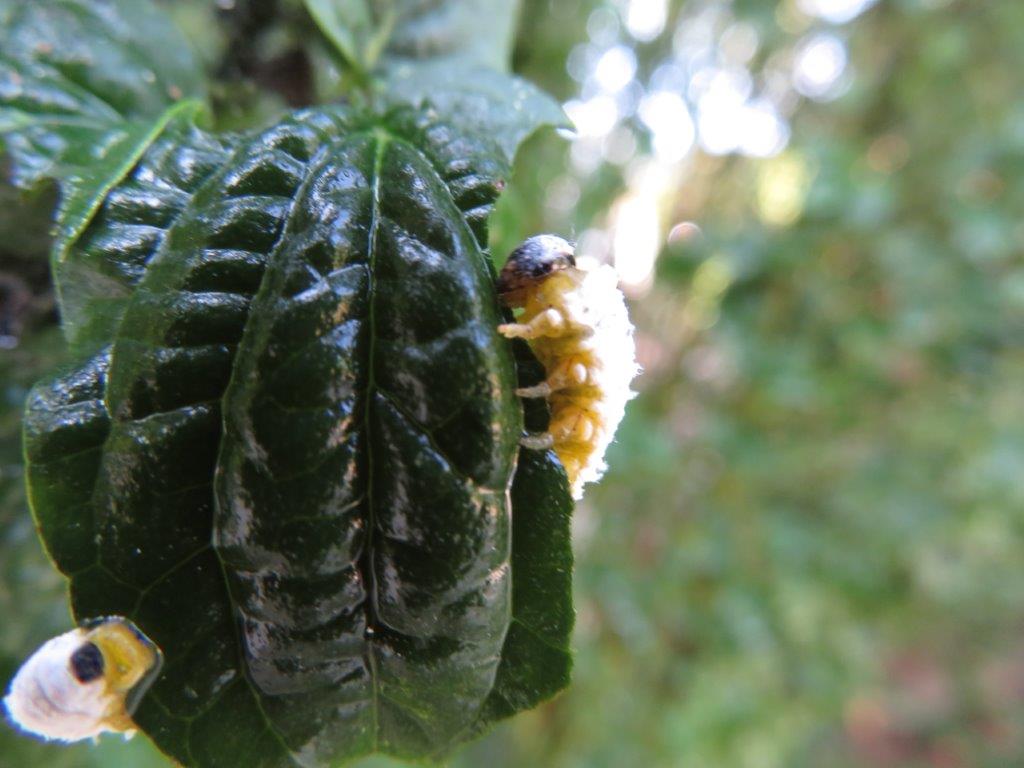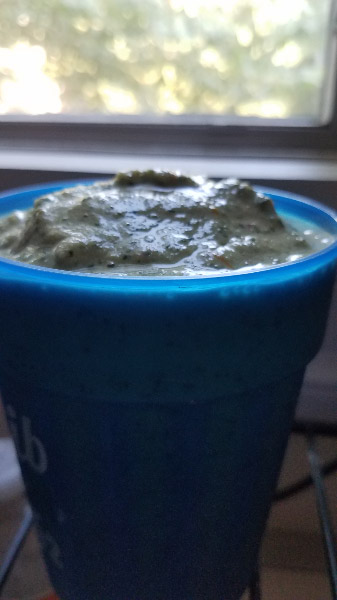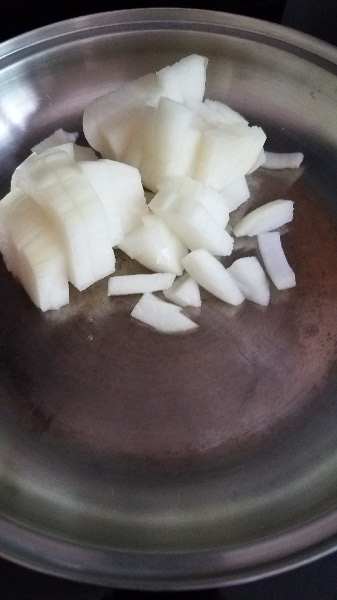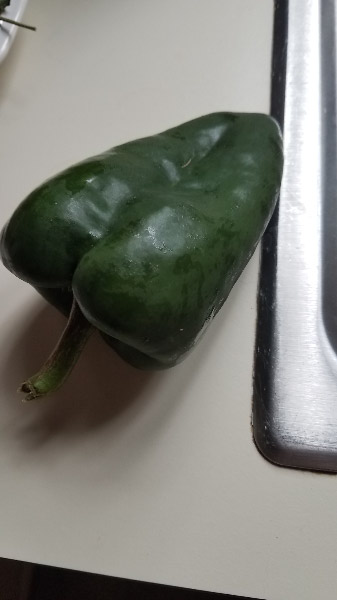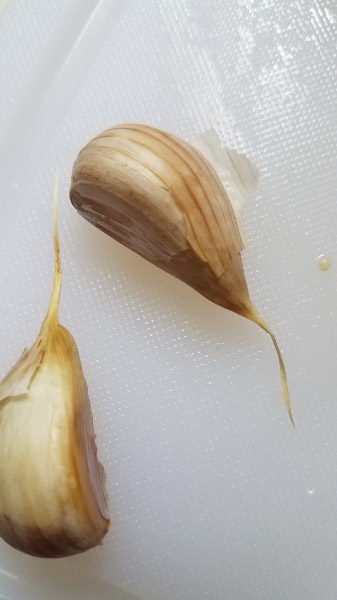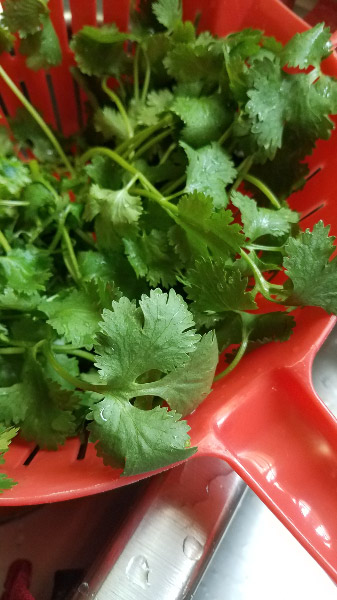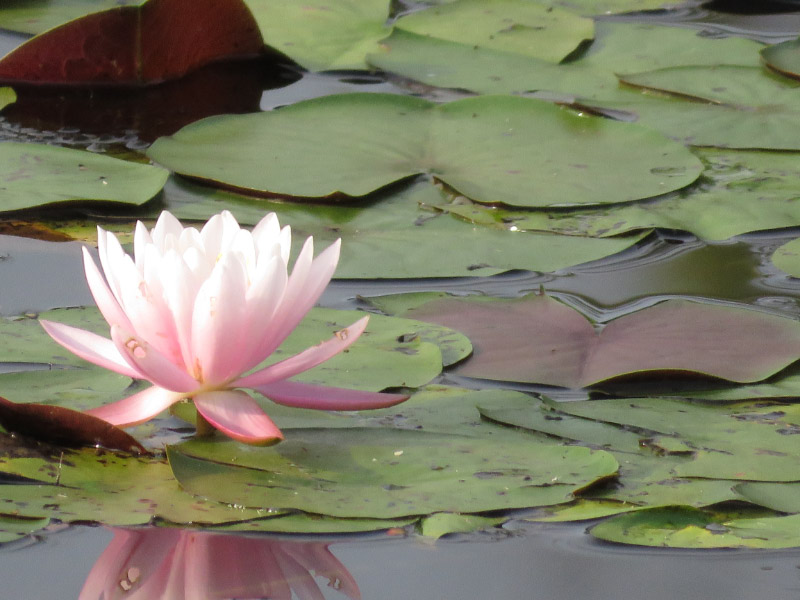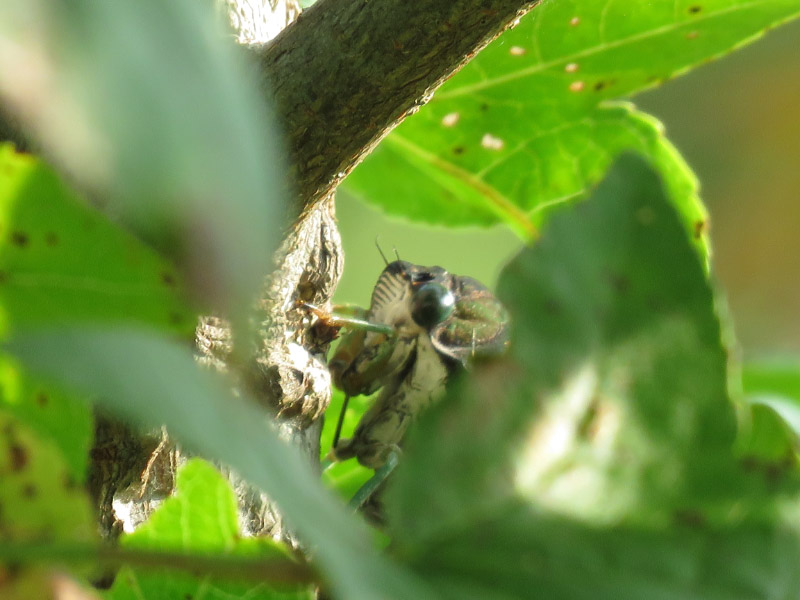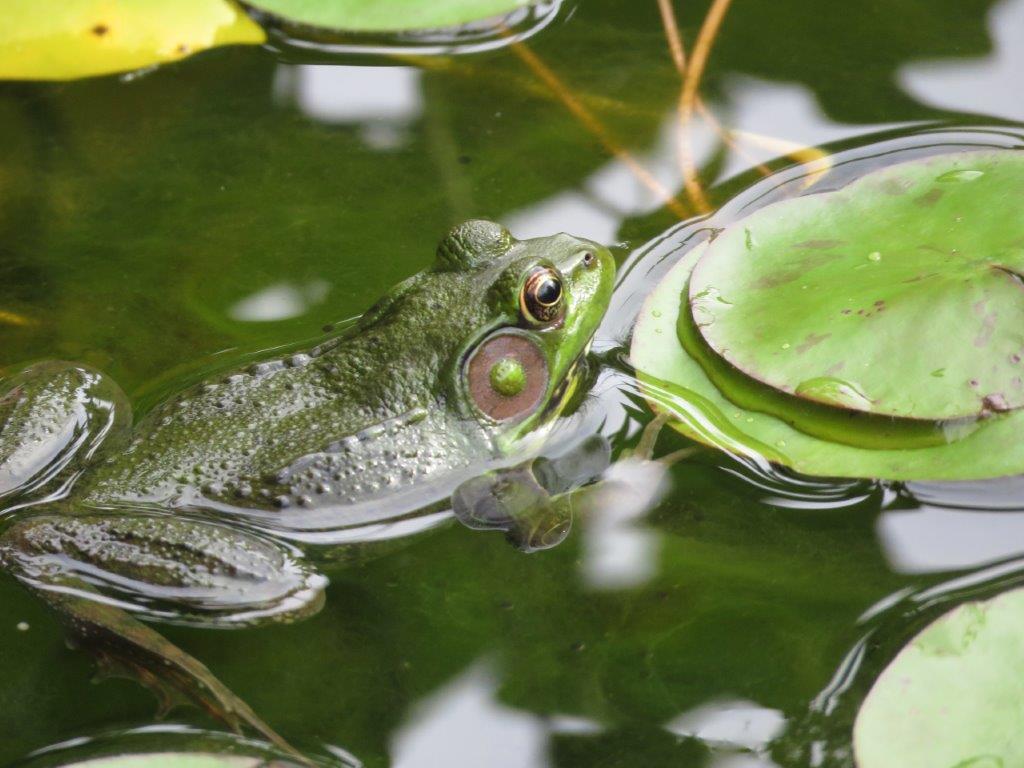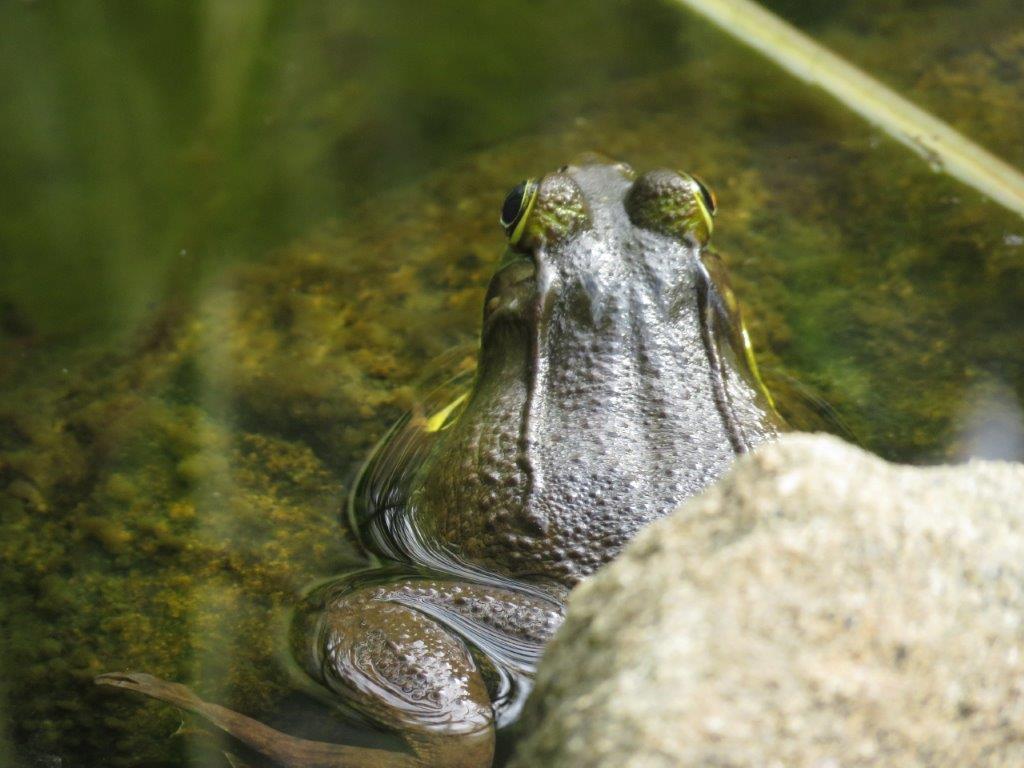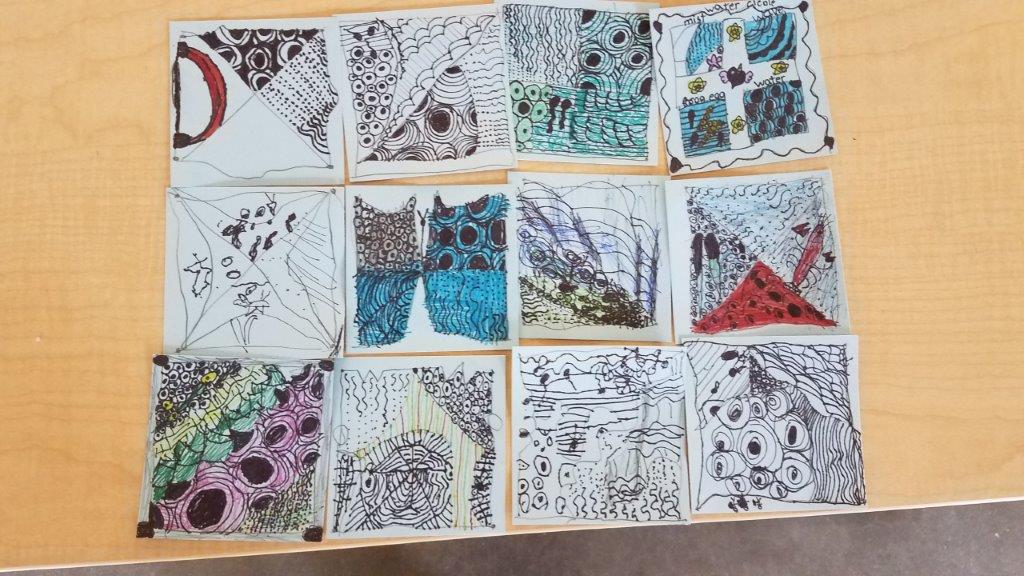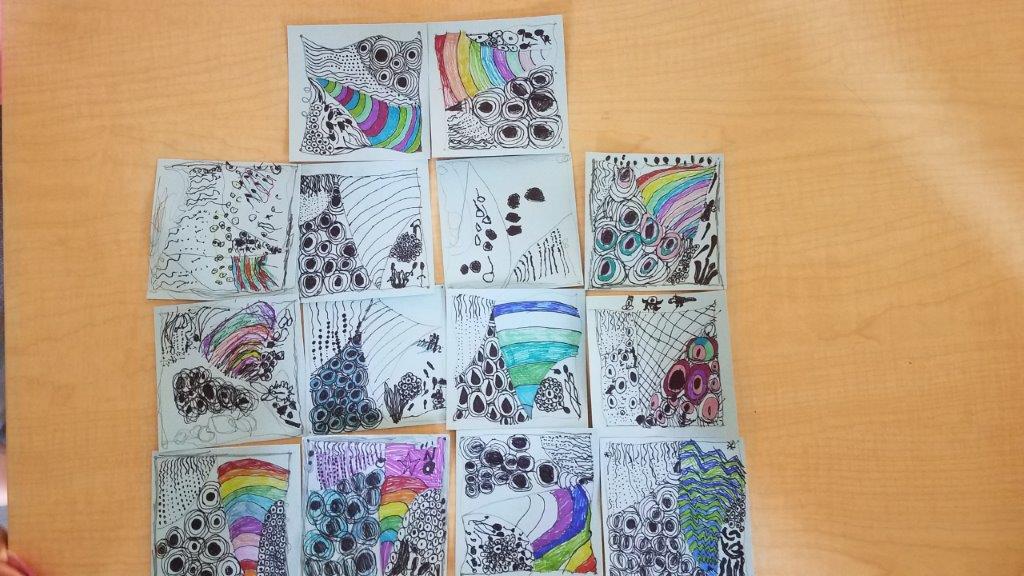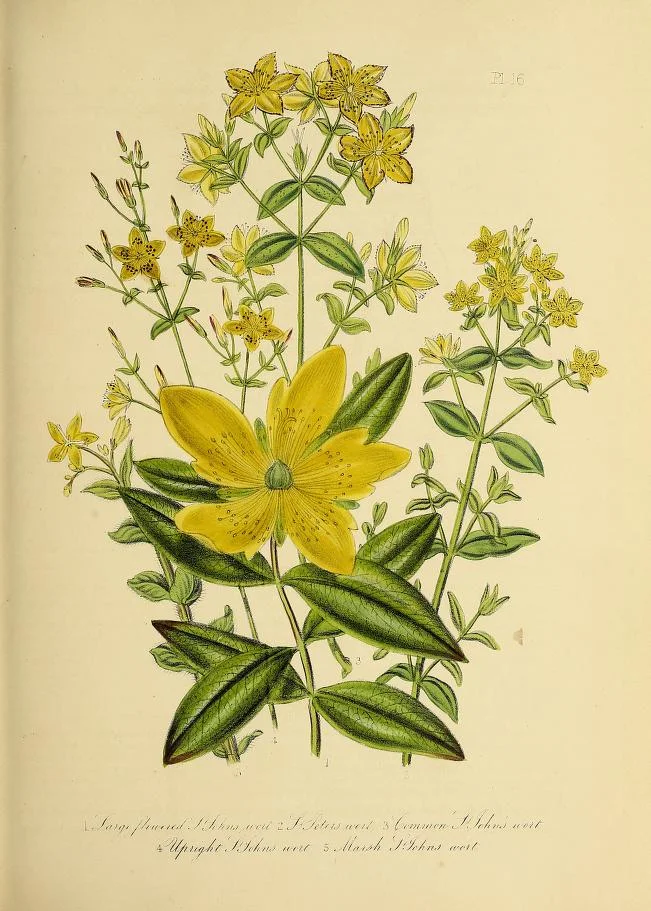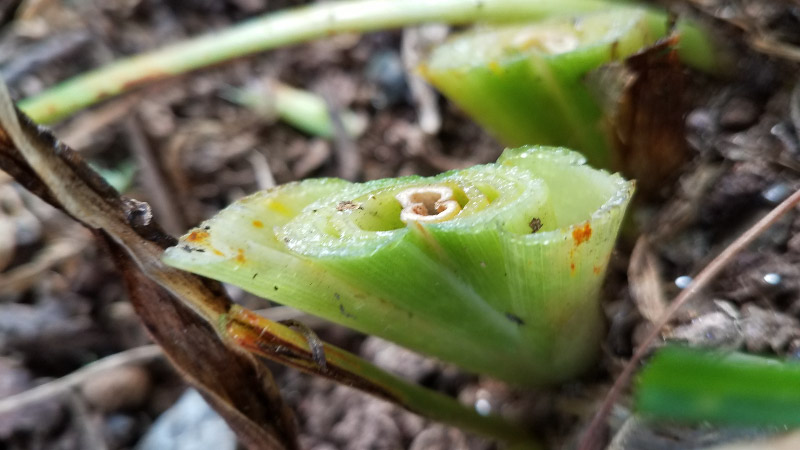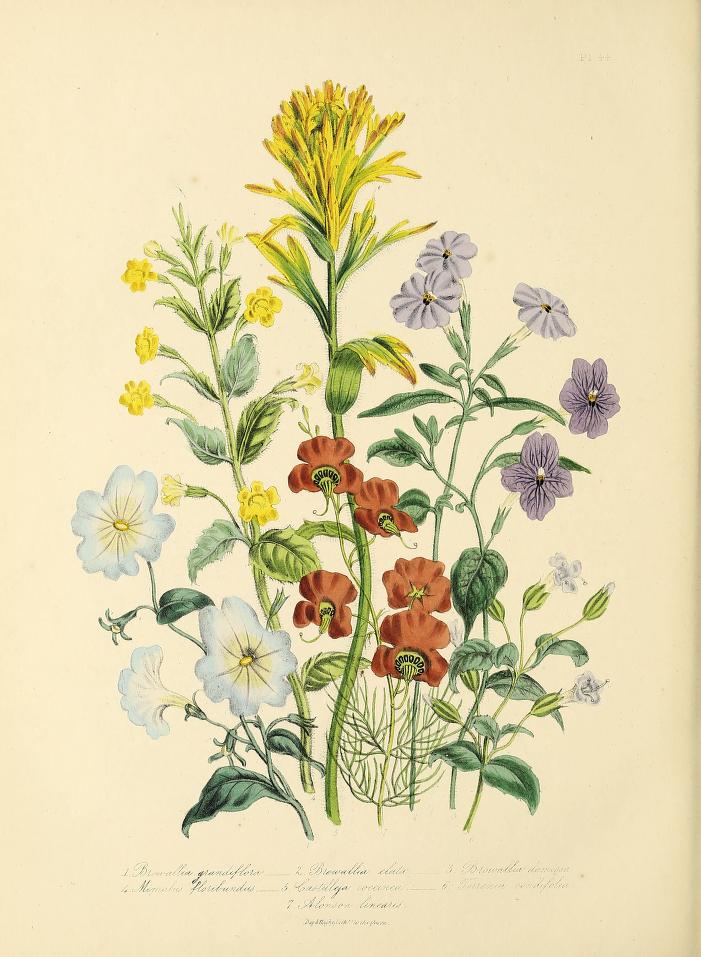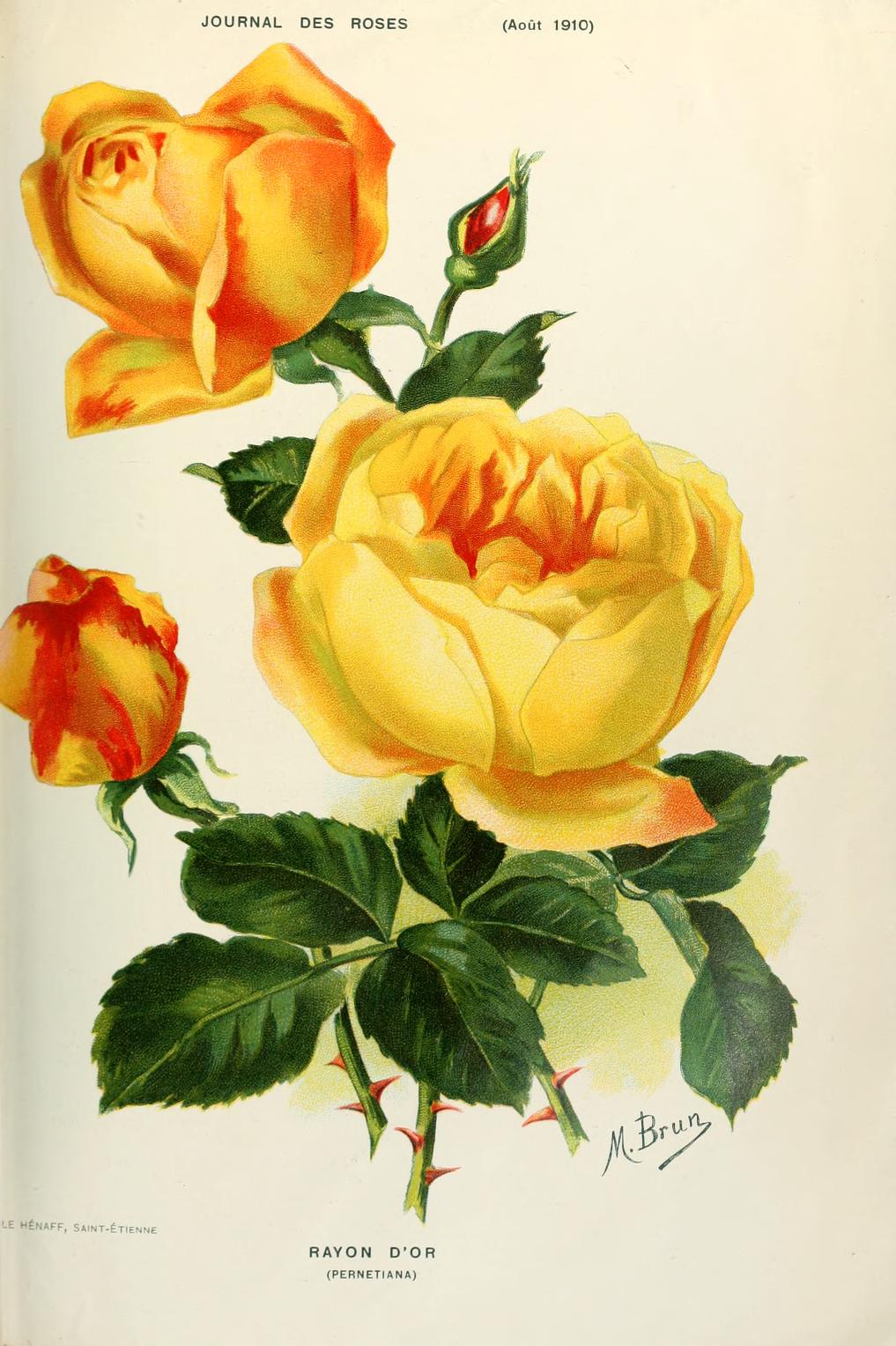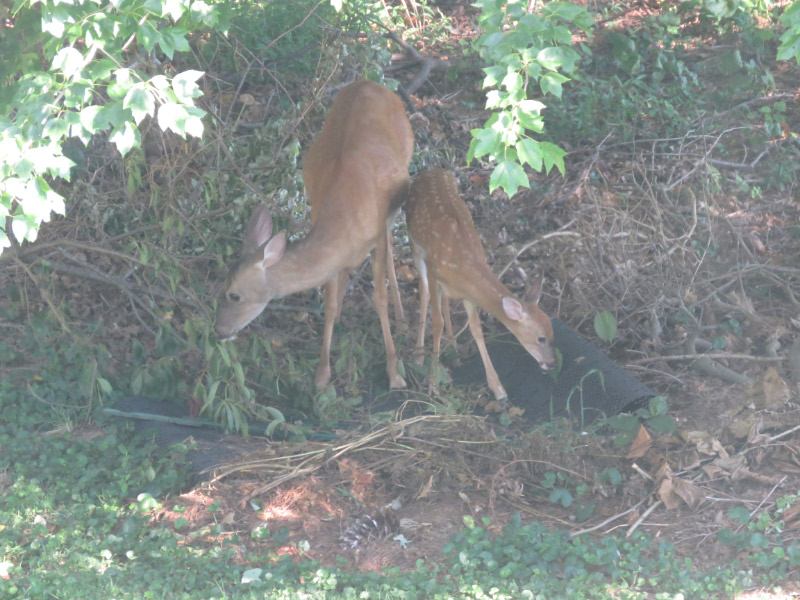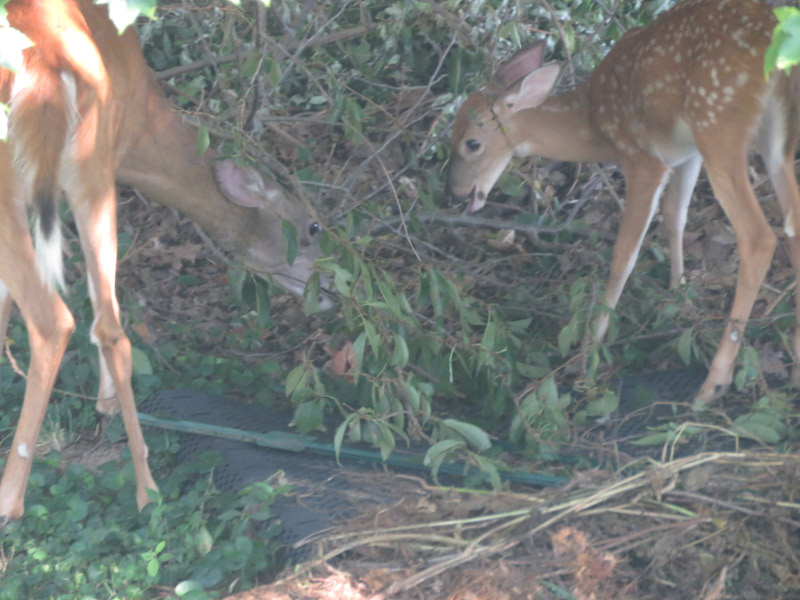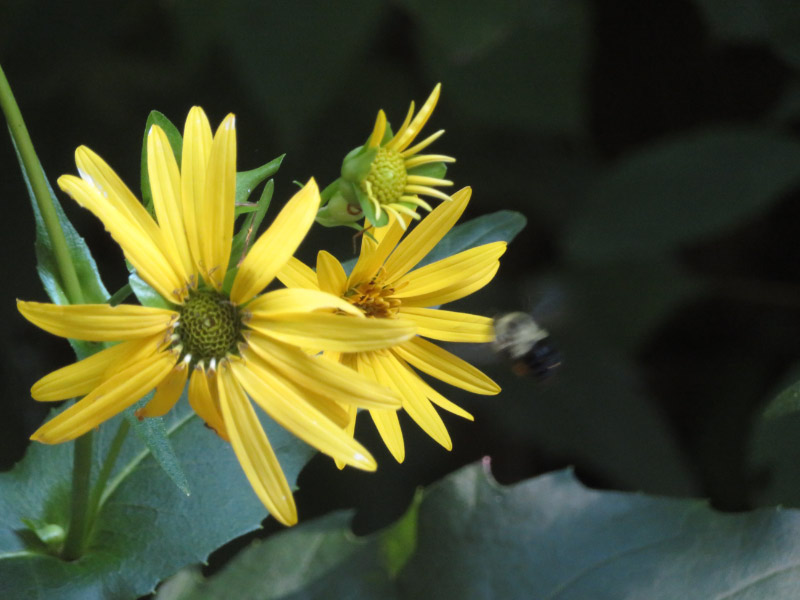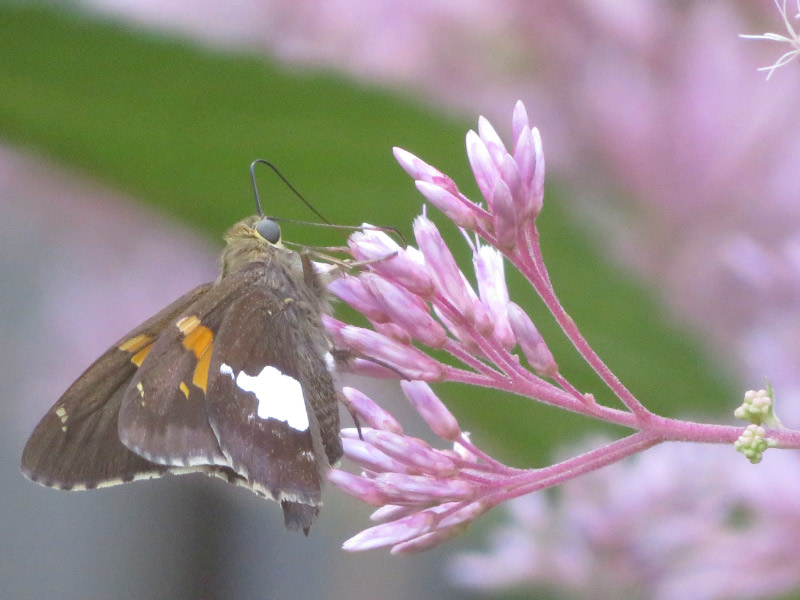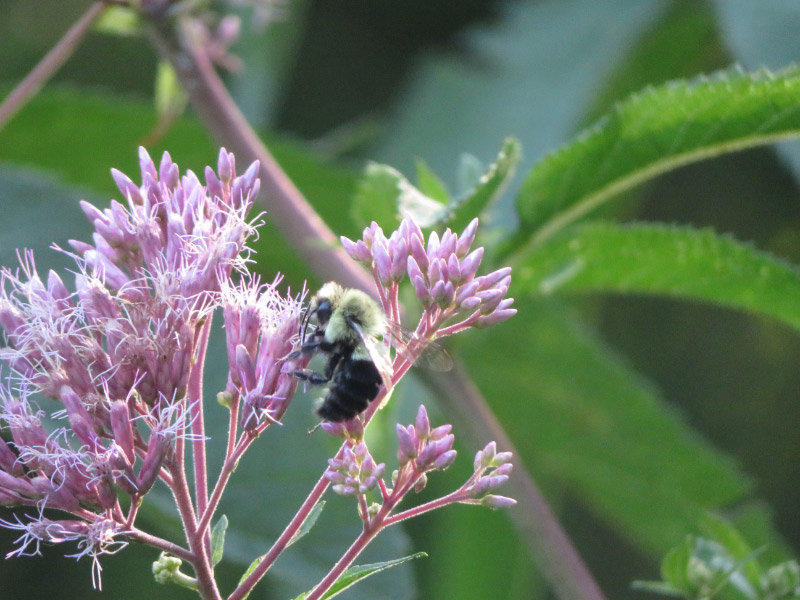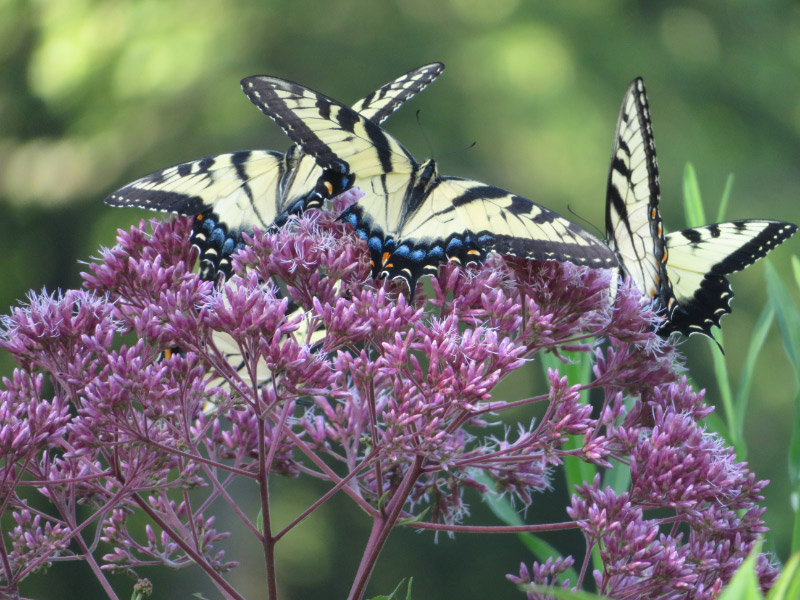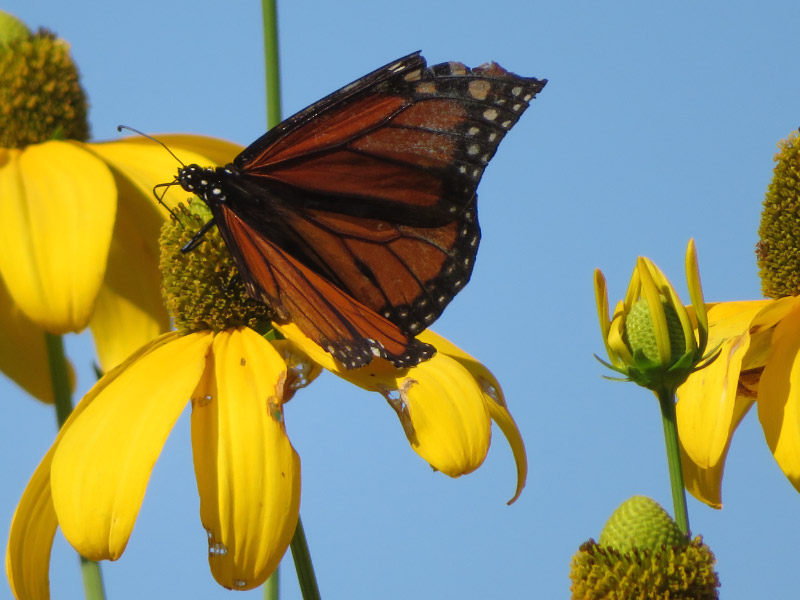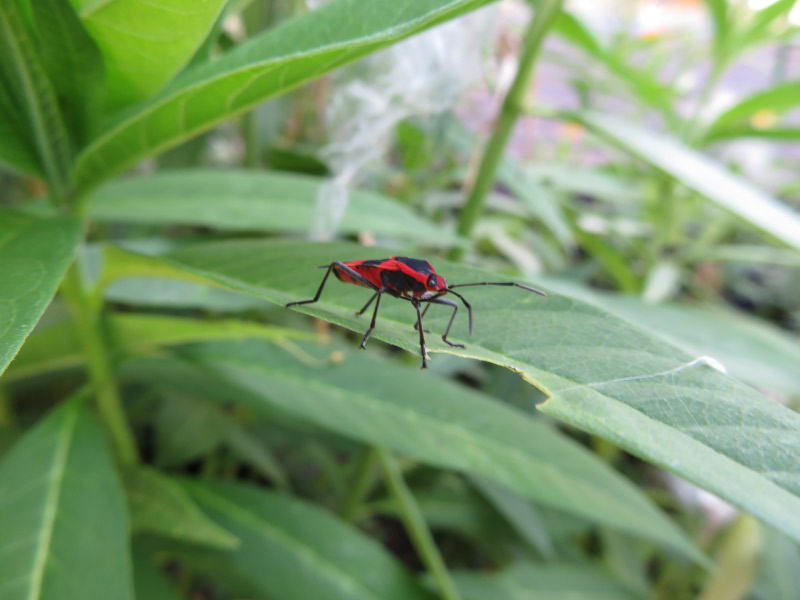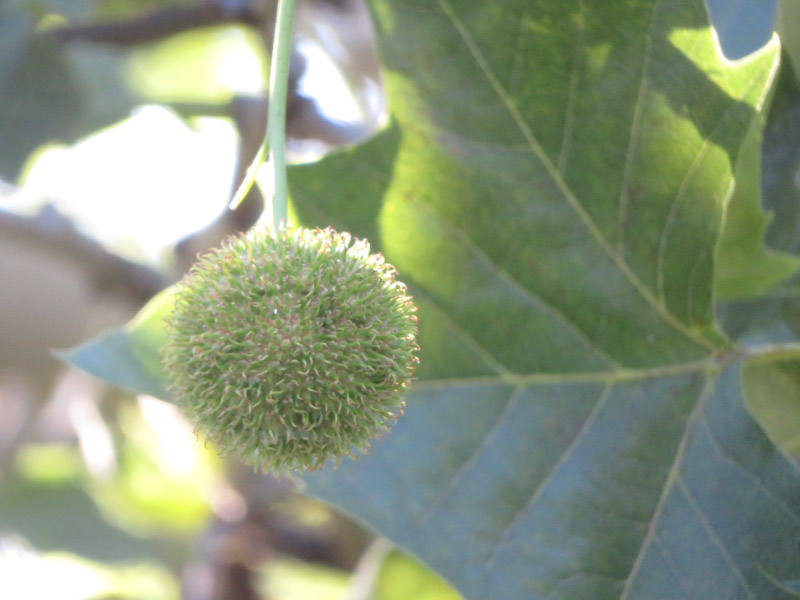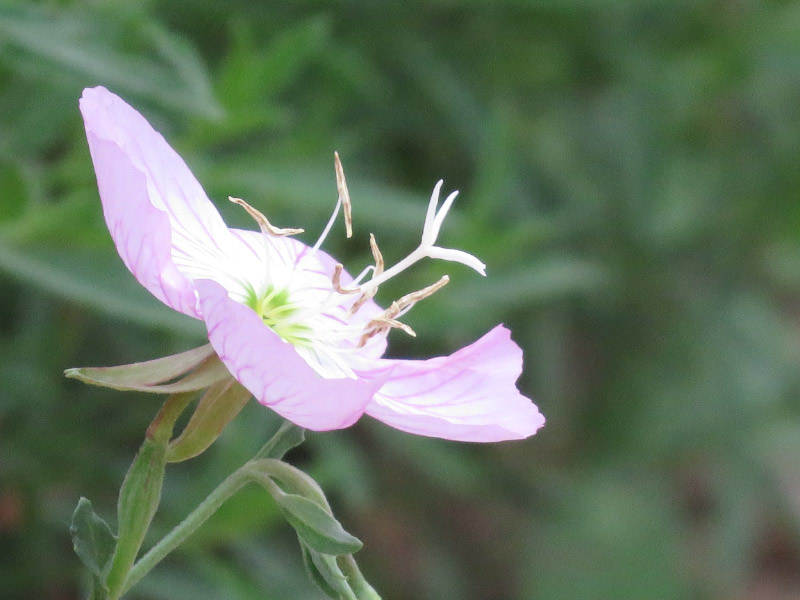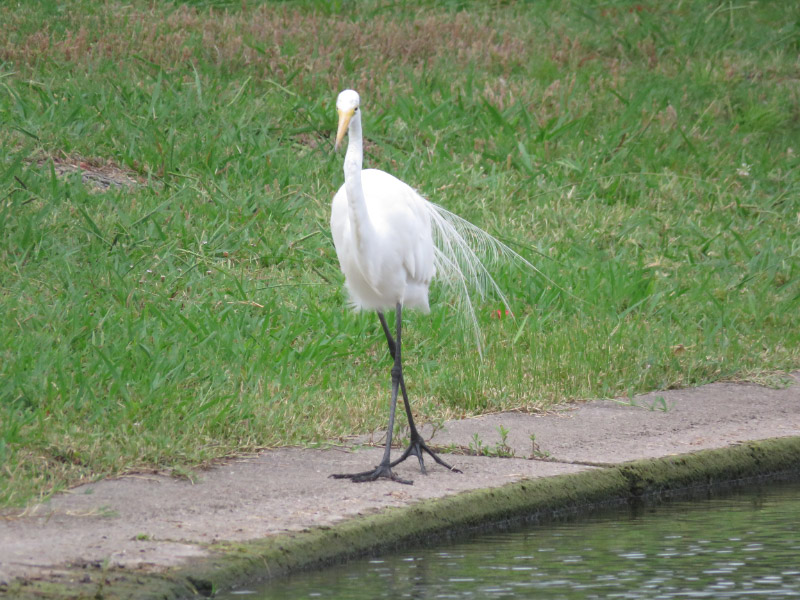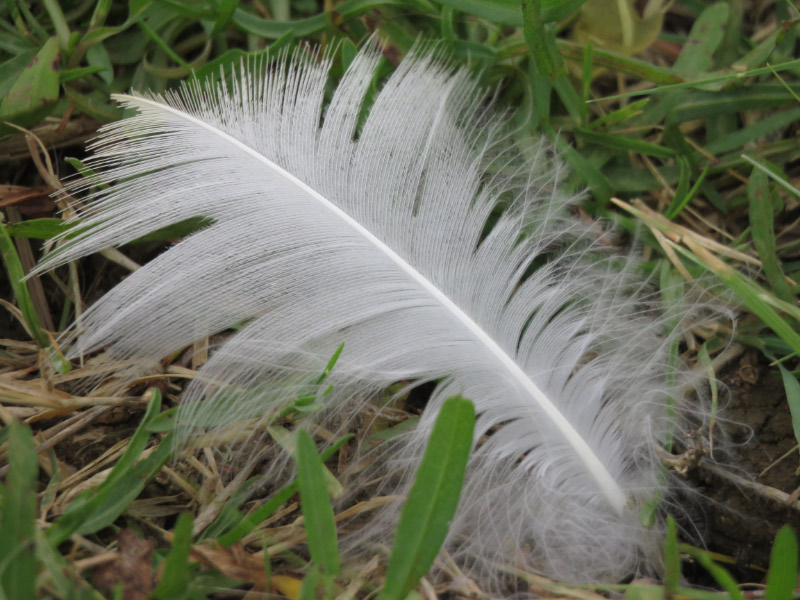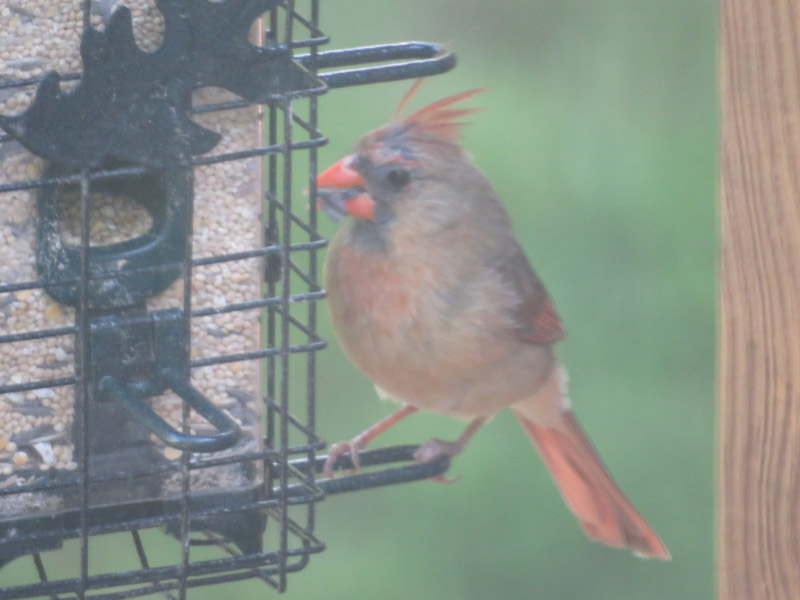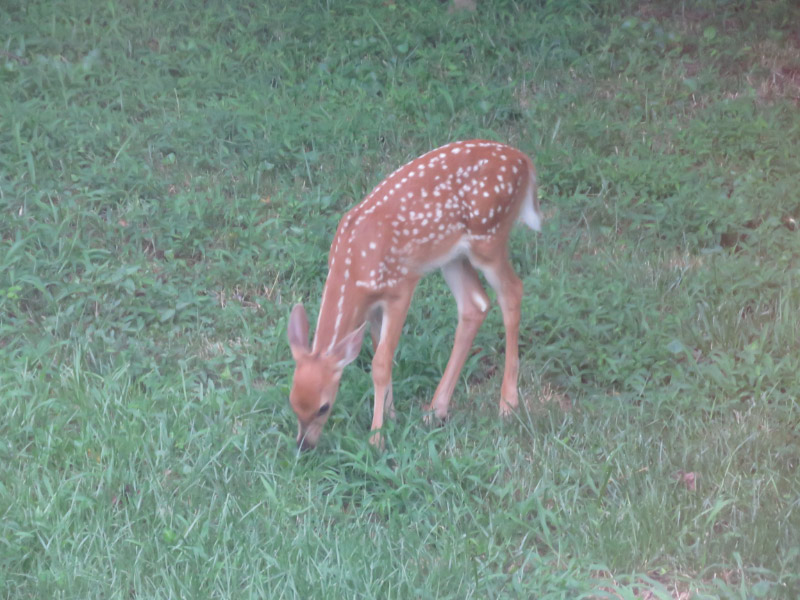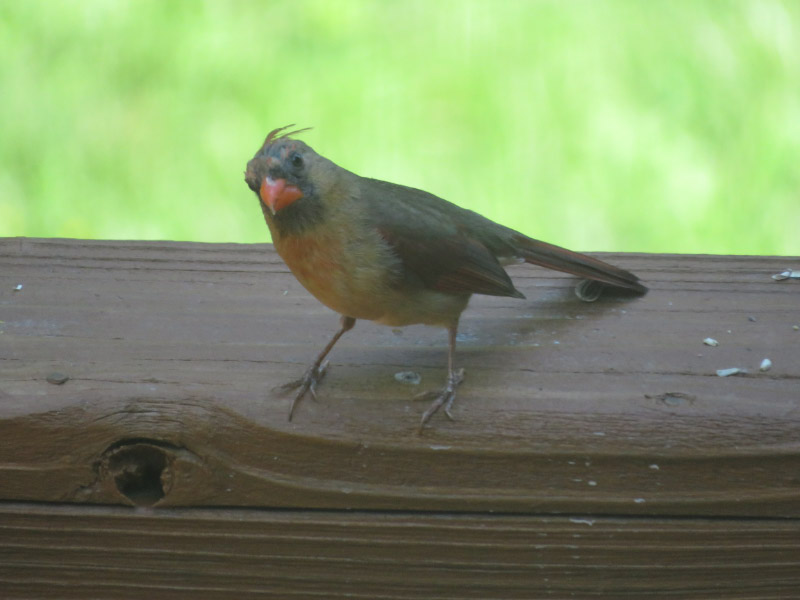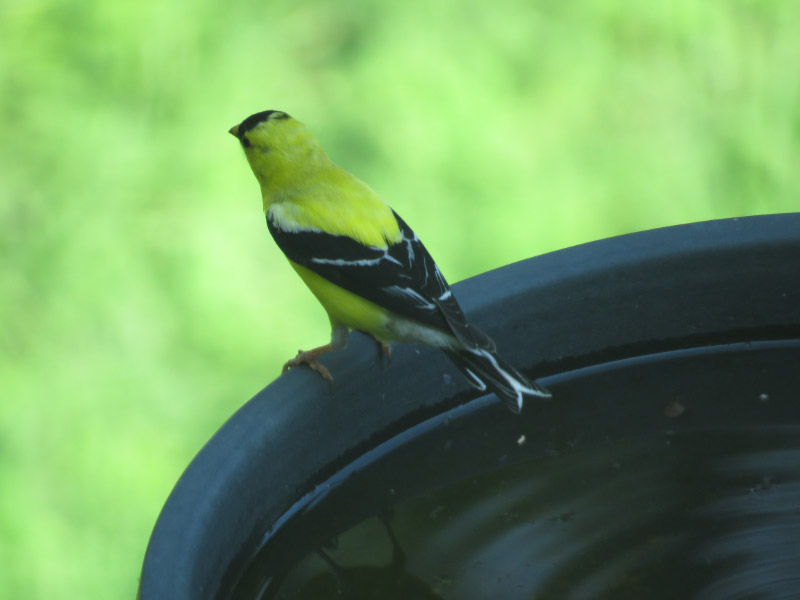The items below were ‘the cream’ of the articles and websites I found this past week. Click on the light green text to look at the article.
‘Off-the-charts’ heat to affect millions in U.S. in coming decades – How will public health be impacted by warming climate? This article summarizes a county-by-county analysis of likely temperature and humidity over the coming decades.
Waist size is a forgotten factor in defining obesity -- ScienceDaily - Waist size is just as important as BMI in defining obesity-related health risks. The study used data from 156,000 women ages 50-79 from 1993-2017 and confirms a similar study published in 2015 based on a much smaller population.
Top 25 Wild Bird Photographs of the Week: Little Brown Jobs (LBJs) – National Geographic Society Newsroom – Not as colorful as usual…but I still enjoyed the pictures. I also like the acronym (LBJs)
Algae living inside fungi: How land plants first evolved -- ScienceDaily – And the study was done with algae and fungi that produce high amounts of oil…could be useful growing together for bioproduction (reduce costs).
Food insecurity common across US higher education campuses -- ScienceDaily - Lack of access to reliable supply of nutritious food may affect student's ability to succeed, researchers say. Is it more a problem now that it used to be….or are we just recognizing it? Universities are scrambling to set up programs to address the issue.
With New Perennial Grain, a Step Forward for Eco-Friendly Agriculture - Yale E360 – How can the ideas for prairie and forest sustainable agriculture be moved into the mainstream faster? It seems like there is still a lot to learn about how to do it on a large scale.
Non-native invasive insects, diseases decreasing carbon stored in US forests -- ScienceDaily – It seems like more of these problems are cropping up….and at a time when we need our forests to retain carbon. In our area, the emerald ash borer has killed all the ash trees in the past 5 years…a noticeable change in our forests.
Focus on Native Bees, Not Honey Bees – Cool Green Science - Lots of beautiful bees out there…pollinating right along with the honey bees. We need to support all the pollinators to build (and sustain) health environments for us all.
Solar Panels on Farmland Have Huge Electricity-Generating Potential - Yale E360 – A vision to think about….agrivoltaics (a new vocabular word for me!).
Arctic permafrost is thawing fast. That affects us all. – I was intrigued by the pictures of landscapes of melting permafrost – collapsing land, methane (enough to burn) bubbling from a thawing pond, crumbling cliffs.

